
Dr. Nathalie Cabrol, Director of the Carl Sagan Center for Research at the SETI Institute, believes life could exist on Mars today. Perhaps not on the surface, but underground where conditions could be more suitable to supporting life. Current mission rovers designed to collect samples, like the Perseverance Rover, might access a possible Martian biosphere close to the planet’s surface.
Cabrol argues that microbial life could be widespread on Mars, although we earthlings haven’t found it yet. Her argument is that – over the past 4 billion years – microbial Martian life might have migrated underground. If so, then landers such as Perseverance and the soon-to-come rover from China’s Tianwen-1 mission – along with future human missions to Mars – might indeed find life on modern Mars.
Cabrol’s study of a possible biosphere – a life-supporting region on modern Mars – stems from her studies of life in some of Earth’s harshest environments. For decades, scientists have studied what they call Mars analogs, places on Earth that come as close as possible to conditions on Mars, which is a cold, dry, desert world. So, Antarctica, for example, has been studied as a Mars analog, and so are the extreme environments in the Chilean altiplano, which is the area where the Andes are the widest and is the most extensive area of high plateau on Earth outside Tibet. From that experience, she learned that a landscape that looks dead might support life. (EarthSky)
- SyFyWire: Where did the waters of Mars go? Underground. Maybe Martian life did, too.
- EarthSky: Is there life on Mars today?
- Express: Life on Mars: Microbes billions of years old may be 'widespread' underground - expert
- Daily Star: Mars is full of 'widespread life' – it's just living underground, alien expert claims
- Before It’s News: Mars Life Past and Present
- SETI.org: Is there Life on Mars Today - and Where?
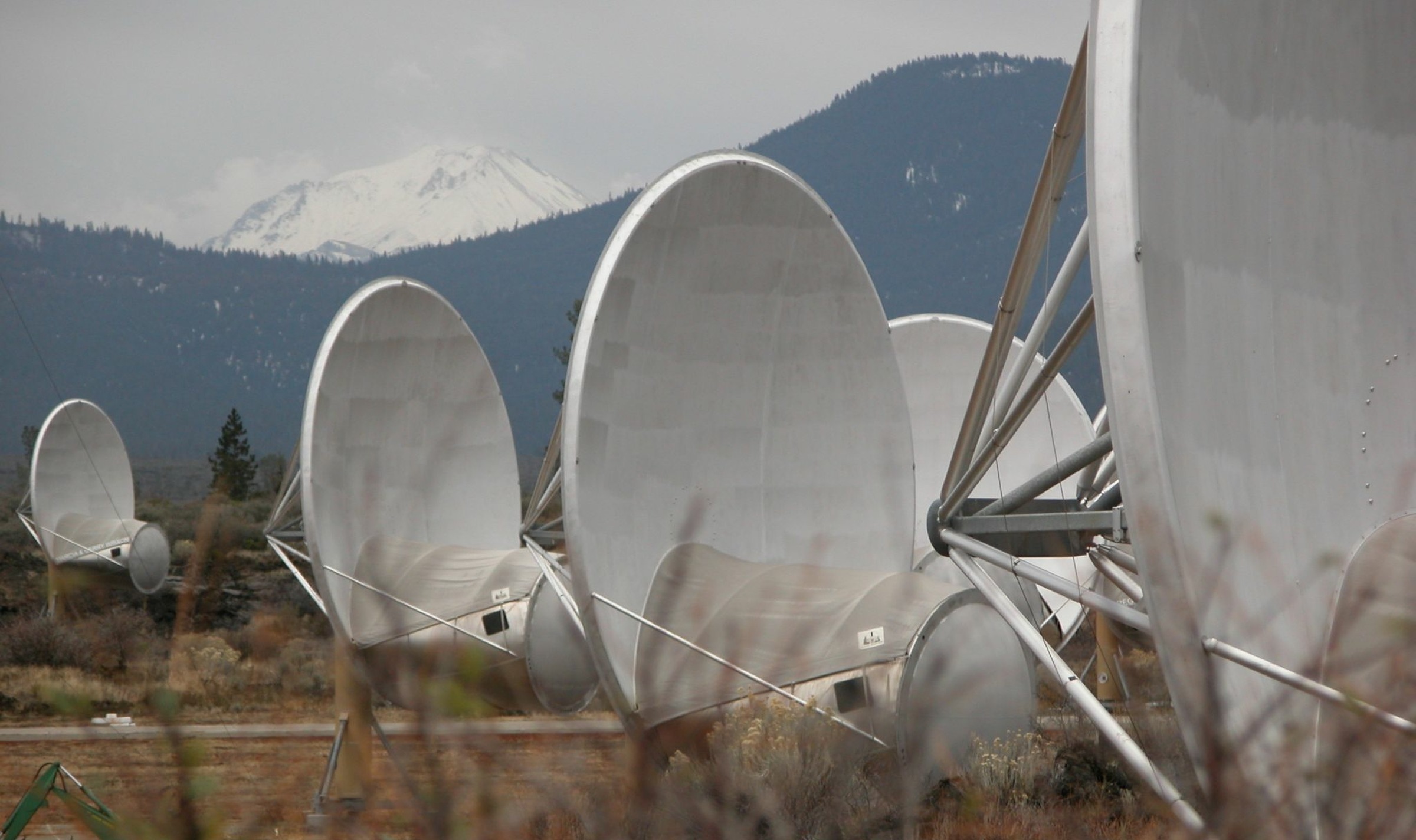 Searching for Technosignatures at the Allen Telescope Array
Searching for Technosignatures at the Allen Telescope ArrayThe SETI Institute is making upgrades to the Allen Telescope Array, a 42-dish radio telescope array located at Hat Creek Radio Observatory in Northern California. The improvements to sensitivity and processing power will help scientists continue the search for technosignatures, fast radio bursts and signs of extraterrestrial intelligence in the cosmos.
A collection of radio telescopes built in a remote Northern California valley to look for alien broadcasts is getting an upgrade.
The Allen Telescope Array at Hat Creek Radio Observatory in eastern Shasta County is a 42-dish radio telescope that can survey vast swaths of the sky, listening for radio broadcasts from alien civilizations. The telescope is named for the late Microsoft co-founder Paul Allen who gifted millions to the project. It's managed by the SETI Institute, a non-profit research organization based in Mountain View devoted to the search for extraterrestrial intelligence.
Wael Farah, a research scientist with SETI, explained the project will improve the sensitivity of all 42 antennas that are designed to "sense" radio waves of light as well as upgrade the digital signal processing system, i.e., the computers that actually "crunch" numbers and process data.
Farah is hopeful the upgraded instrument will help in the search for alien life.
"There are more stars in our universe than there are sand grains on Earth," he said. "In my opinion, it would be very arrogant of us to think that life only exists on Earth. It is one of the most profound questions humankind has ever asked: 'Are we alone?' (SFGATE)
- SFGATE: Remote Northern California site gets huge upgrade to search for alien life
- SETI.org: Allen Telescope Array Overview
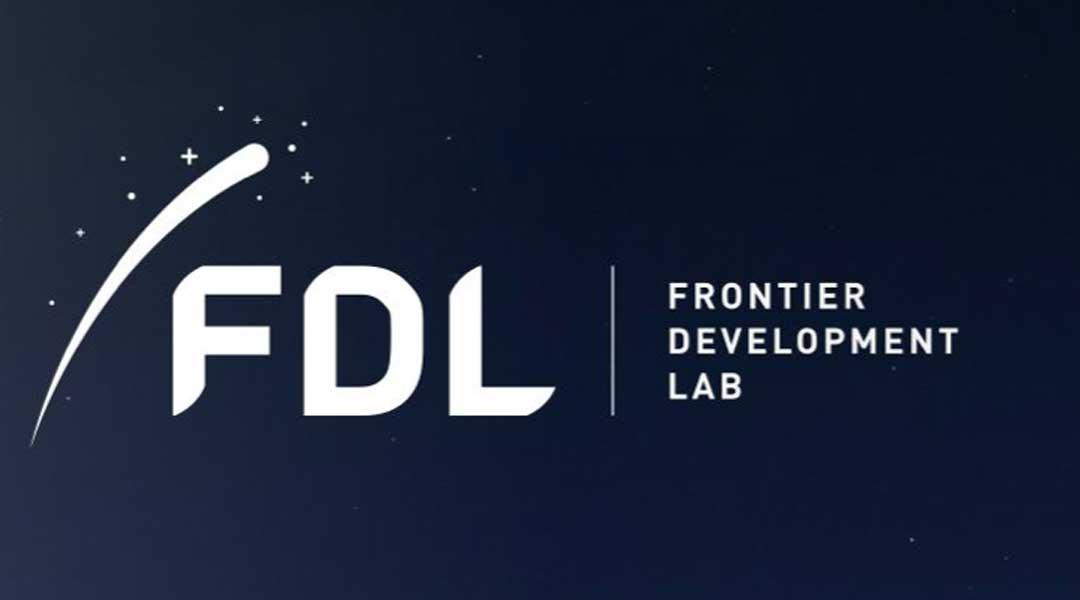 Frontier Development Lab: Using Machine Learning to Help Predict Wildfires
Frontier Development Lab: Using Machine Learning to Help Predict WildfiresData scientists affiliated with SpaceML, Frontier Development Lab, NVIDIA and NASA are mining images of Earth with the help of machine learning in hopes of predicting natural disasters.
When freak lightning ignited massive wildfires across Northern California last year, it also sparked efforts from data scientists to improve predictions for blazes.
One effort came from SpaceML, an initiative of the Frontier Development Lab, which is an AI research lab for NASA in partnership with the SETI Institute. Dedicated to open-source research, the SpaceML developer community is creating image recognition models to help advance the study of natural disaster risks, including wildfires.
SpaceML uses accelerated computing on petabytes of data for the study of Earth and space sciences, with the goal of advancing projects for NASA researchers. It brings together data scientists and volunteer citizen scientists on projects that tap into the NASA Earth Observing System Data and Information System data. The satellite information came from recorded images of Earth - 197 million square miles - daily over 20 years, providing 40 petabytes of unlabeled data.
'We are lucky to be living in an age where such an unprecedented amount of data is available. It's like a gold mine, and all we need to build are the shovels to tap its full potential,' said Anirudh Koul, machine learning lead and mentor at SpaceML. (MarketScreener)
- MarketScreener: NVIDIA : Parsing Petabytes, SpaceML Taps Satellite Images to Help Model Wildfire Risks
- SETI.org: FDL 2020 – Scientific Breakthroughs in an Intense Virtual Social Experiment
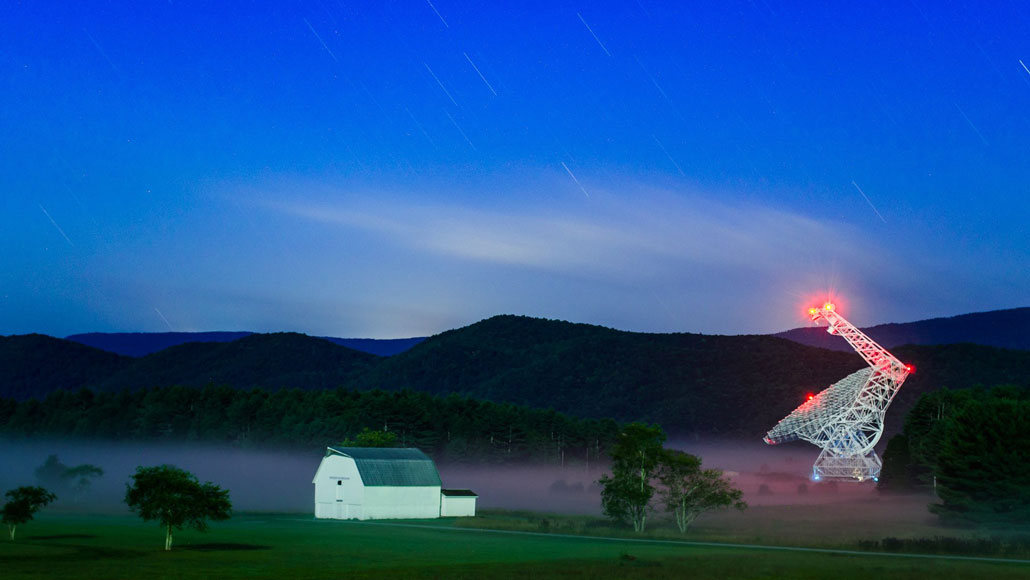 Carbon-ring molecules tied to life were found in space for the first time
Carbon-ring molecules tied to life were found in space for the first timeUsing the Green Bank Telescope, a team of scientists has detected PAHs (polycyclic aromatic hydrocarbons) in space. This discovery of complex carbon-bearing molecules is helping scientists as they study and try to understand the possibility of life beyond Earth.
Complex carbon-bearing molecules that could help explain how life got started have been identified in space for the first time.
These molecules, called polycyclic aromatic hydrocarbons, or PAHs, consist of several linked hexagonal rings of carbon with hydrogen atoms at the edges. Astronomers have suspected for decades that these molecules are abundant in space, but none had been directly spotted before.
Identifying PAHs in space is “a big thing,” says astrochemist Alessandra Ricca of the SETI Institute in Mountain View, Calif., who was not involved in the new study. The work “is the first one that has shown that these PAH molecules actually do exist in space,” she says. “Before, it was just a hypothesis.”
Ricca’s group is working on a database of infrared PAH signals that the James Webb Space Telescope, slated to launch in October, can look for. “All this is going to be very helpful for JWST and the research on carbon in the universe,” she says. (ScienceNews)
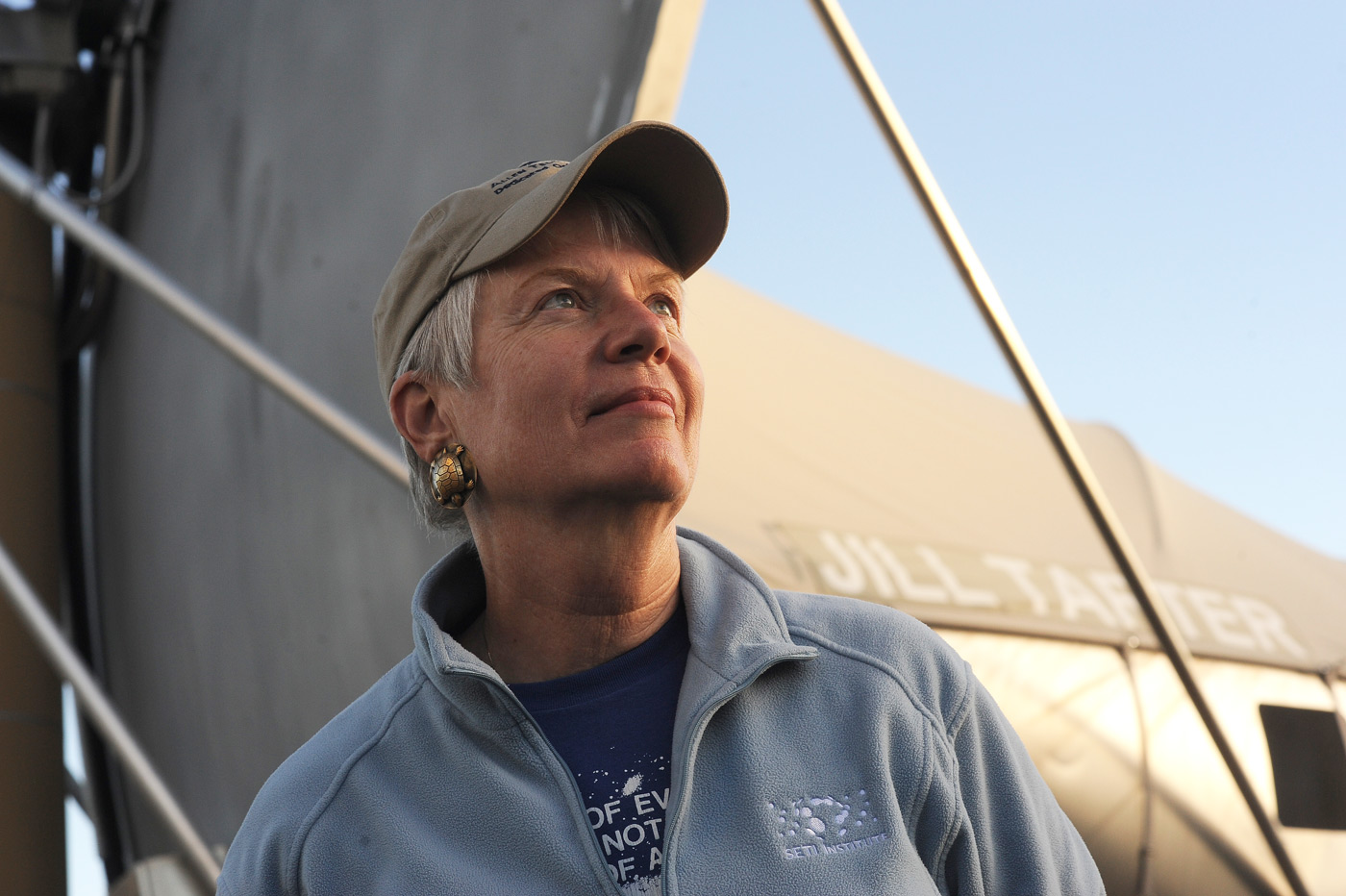 20 trailblazing women in astronomy and astrophysics
20 trailblazing women in astronomy and astrophysicsJill Tarter, Trustee and Chair Emeritus for SETI Research at the SETI Institute, and Sandra Faber, SETI Institute Trustee Emeritus are among 20 women recognized for their pioneering efforts in astronomy and astrophysics.
- PressNewsAgency: 20 trailblazing women in astronomy and astrophysics
- SETI.org: SETI Institute Celebrates Women’s History Month
 Suffolk’s Zach Richards named NASA Ambassador
Suffolk’s Zach Richards named NASA AmbassadorJoining high school teachers, community colleges and middle school teachers are newcomers to the Airborne Astronomy Ambassadors (AAA) program.
Suffolk County Community College Instructor of Physics and Astronomy Zachary Richards is one of 30 teachers from 10 states selected as a 2021 NASA Airborne Astronomy Ambassador (AAAs). AAA is a professional development program for science teachers designed to improve science teaching and increase student learning and STEM engagement.
“I am excited to bring new resources to Suffolk County Community College as a NASA Airborne Astronomy Ambassador,” Richards said. (Campus News)
- Campus News: Suffolk’s Zach Richards named NASA Ambassador
- Innovateli: Europeans (and other earthlings) honor LI professors
- SETI.org: 30 Teachers Selected as Airborne Astronomy Ambassadors to Bring NASA Science to Classrooms
 Search for Alien Life Moves Well Beyond Mars
Search for Alien Life Moves Well Beyond MarsThe search for life beyond Earth continues to expand as scientists search and analyze radio signals. Additionally, atmospheres and terrains on other celestial bodies in our solar system and beyond may provide clues. As technology advances, so do the chances and hope of finding signs of life beyond the confines of our planet.
On Mars, a robotic rover called Perseverance is searching for life from the dawn of time. Scientists, though, are looking for life signs in even stranger places, from clouds on Venus and methane lakes on Titan, to the alien atmospheres of worlds circling distant stars. They are scanning for alien radio signals, seeking signs of industrial pollution on faraway exoplanets and scrutinizing puzzling interstellar objects that have intercepted our solar system.
The expanding quest for clues to life beyond Earth—and for signs of extraterrestrial intelligence—is edging into the mainstream of astronomy and planetary exploration. In addition to NASA’s Mars rover missions now under way, dozens of research teams are searching for biosignatures of early microbial life, while the search for plausible evidence of alien civilizations is gaining respectability.
Indeed, for the first time in a generation, the National Aeronautics and Space Administration is supporting efforts to seek signs of advanced civilizations elsewhere in the cosmos, researchers say. If life does exist beyond Earth—be it primitive or advanced—scientists may find a trace of it soon.
“If you’re talking about looking for life, even intelligent life, this may be the special time,” says Seth Shostak, senior astronomer at the SETI Institute, a nonprofit in Mountain View, Calif., that searches for intelligent beings. “We have the technological capability to find life on other worlds and that ability is improving.” (The Wall Street Journal)
- The Wall Street Journal: Search for Alien Life Moves Well Beyond Mars
- SETI.org: SETI Research
 Upcoming launch of $8.8 billion telescope places women’s leading roles in center focus
Upcoming launch of $8.8 billion telescope places women’s leading roles in center focusPremiering recently at the virtual SXSW festival, The Hunt for Planet B documentary film focuses on the James Webb Space Telescope and how women astronomers and scientists are championing the study of exoplanets.
The search for life beyond Earth is featured in the documentary “The Hunt for Planet B,” which premieres this week at South by Southwest’s virtual film festival. Directed by Nathaniel Kahn, the film also looks at a new wave of astronomers focusing on exoplanets that are helping spearhead discoveries about the stars — an area that’s predominantly led by women.
The film features women from all parts of astronomy, from an engineer on the Webb to the leaders of the Kepler. Among that group is Jill Tarter, chair emeritus of the SETI Institute and a legend among those dedicated to searching for extraterrestrial civilizations. At one point in the documentary, Tarter, who was the inspiration for Jodie Foster’s character in the 1997 film “Contact,” is asked by Kahn whether she thinks life exists and if it will be discovered.
“It doesn’t matter what I think,” she replied. “We’re not doing religion here, we’re doing science.”
In an interview with The Post, Tarter, 77, said that while the Webb is an important step in cosmic observation, the public should not expect to receive significant answers, if any, as to whether other life could exist. Instead, she’s more interested in the information the Webb might give that no one anticipates.
“Astronomy has a very old and rich history that we build new instrumentation and we go and argue for funding for that instrumentation, telling our funders all of the answers it’s going to find to questions that we have today,” Tarter said.
“But the true history of astronomical instrumentation is when you build an instrument to look at the cosmos in a different way, the most exciting thing that instrument does is discover something you never expected. So I hope that Webb will continue with that legacy and will show us something that none of us had in mind when the telescope was proposed.” (The Washington Post)
- The Washington Post: Upcoming launch of $8.8 billion telescope places women’s leading roles in center focus
- NewScientist: The Hunt for Planet B review: Tracking the James Webb Space Telescope
- Silicon Hills News: The Hunt for Planet B Focuses on Using the James Webb Space Telescope to Search for Life in the Cosmos
- The Austin Chronicle: SXSW Film Review: The Hunt for Planet B
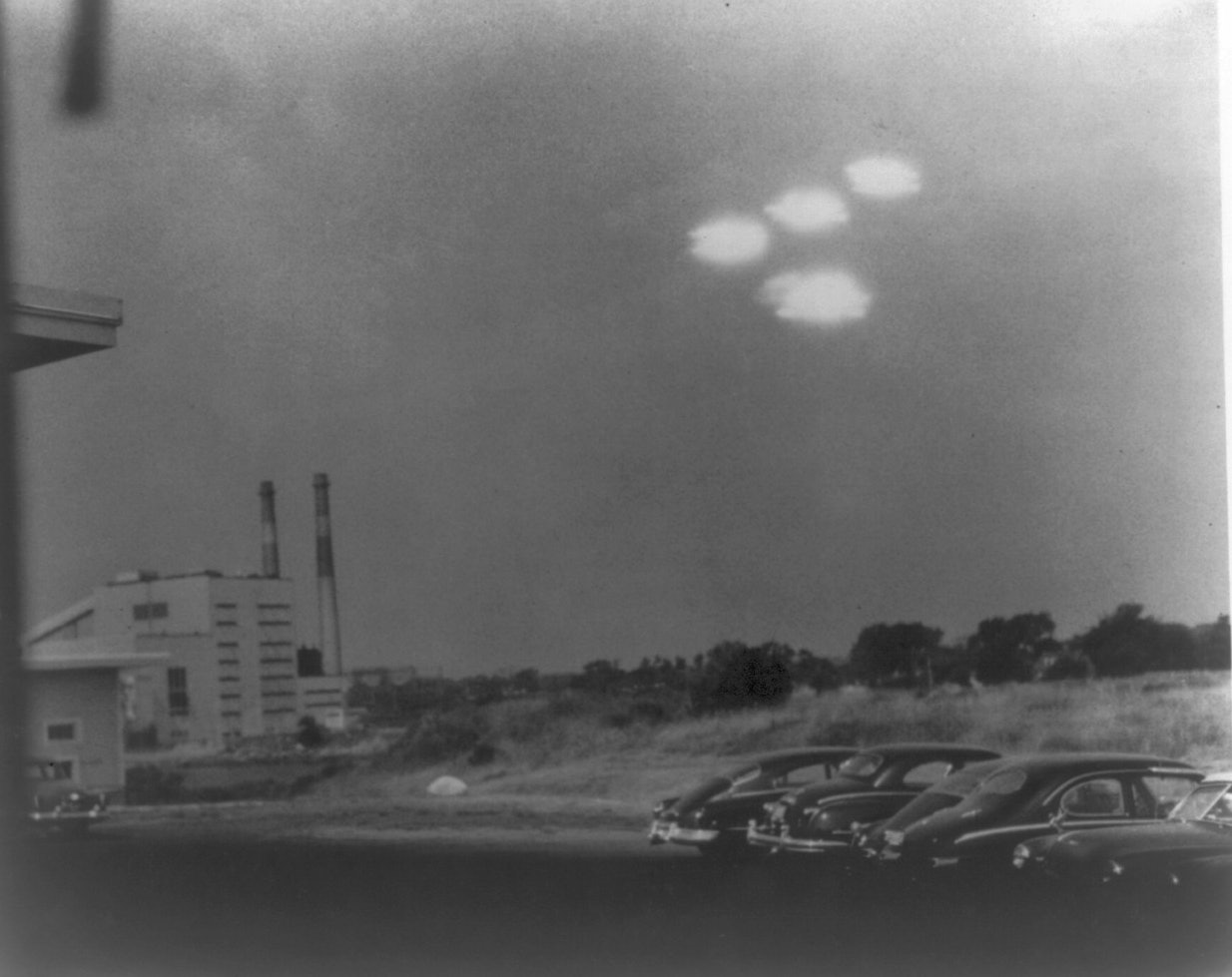 Why is the Pentagon releasing a UFO report, anyway?
Why is the Pentagon releasing a UFO report, anyway?A soon-to-be-published Pentagon report on unidentified aerial phenomena (UAP), formerly referred to as unidentified flying objects (UFOs), has reinvigorated UFO enthusiasts.
In a recent interview, former director of national intelligence John Ratcliffe explains what the highly anticipated report might reveal. Seth Shostak, a senior astronomer at the SETI Institute, shares his skepticism and expectations of government ambiguity.
People anticipating the release of the upcoming government report on unidentified aerial phenomena (or unidentified flying objects for old-schoolers) have even more reason to rejoice: former director of national intelligence John Ratcliffe said in an interview that the report would contain information on “difficult to explain” sightings.
In an interview this month with Fox News, Ratcliffe said:
“We are talking about objects that have been seen by Navy or Air Force pilots, or have been picked up by satellite imagery, that frankly engage in actions that are difficult to explain, movements that are hard to replicate, that we don’t have the technology for or are traveling at speeds that exceed the sound barrier without a sonic boom.”
The Pentagon report is set to be released on June 1.
Seth Shostak, senior astronomer at the SETI Institute, is skeptical about the content of the report.
“It’ll be ambiguous” Shostak tells Inverse. “The Navy, I'm sure, is not going to come out and say, ‘these are alien crafts,’ and if they do, I will dine on my hat.”
However, Shostak believes that the government’s main interest in the footage is whether it poses some sort of security threat.
“They just want to know whether these are Chinese aircraft or Russian aircraft or drones, something in aerospace that they don't know about,” Shostak says. “I think that's what motivates them.” (Inverse)
- Inverse: Why is the Pentagon releasing a UFO report, anyway?
- SETI.org: UFOs
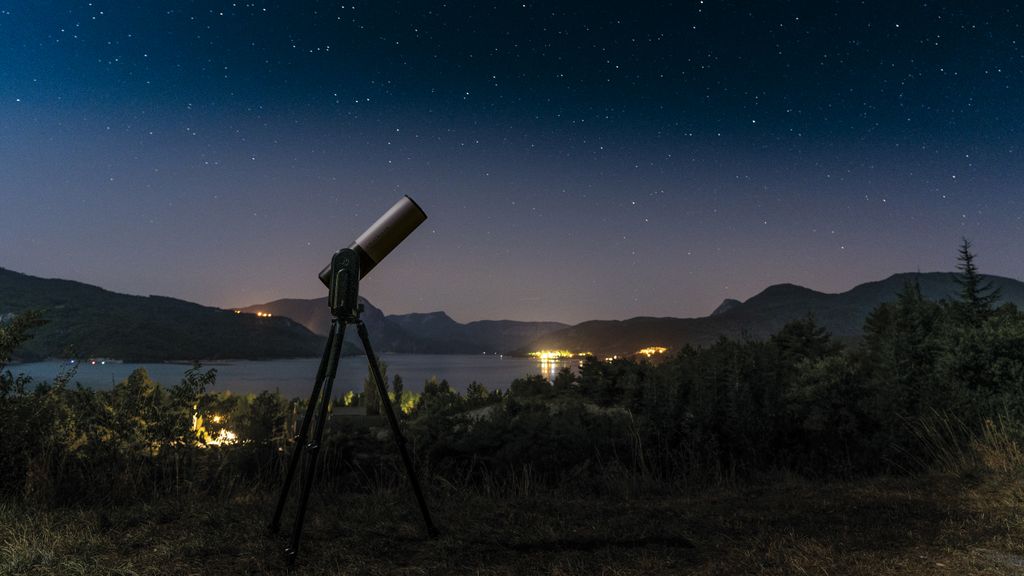 New consumer space telescope allows up to 10 simultaneous observers
New consumer space telescope allows up to 10 simultaneous observersThe next generation of Unistellar’s eVscope, the eVscope eQuinox, is now available for preorder. The newest ‘smartscope’ boasts longer battery life and the ability for ten people to observe simultaneously through Wi-Fi on individual or tablets, all without needing to take turns looking through an eyepiece.
The next generation of Unistellar’s eVscope, the eVscope eQuinox, is now available for preorder. The newest ‘smartscope’ boasts longer battery life and the ability for ten people to observe simultaneously through Wi-Fi on individual or tablets, all without needing to take turns looking through an eyepiece.
Unistellar has unveiled a new version of its consumer space telescope that features smart technologies and can be controlled by smartphones or tablets.
The eVscope eQuinox includes more storage space and a long battery life than its predecessor, which was part of a crowdfunding campaign on Fundable in January. The telescope allows up to 10 simultaneous observers without eyepieces and Unistellar hosts numerous citizen science opportunities each month in collaboration with SETI Institute. (Electronics 360)
...
Unistellar runs various projects in conjunction with the SETI Institute, a recent success being the capturing of Apophis Asteroid by a community of amateur astronomers using the original Unistellar eVscope. As well as detecting hazardous asteroid it’s possible to use the eVscope eQuinox to discover and confirm the existence of ‘hot Jupiter’ exoplanets around distant stars and study comets and supernovae. (Digital Camera World)
- Electronics 360: New consumer space telescope allows up to 10 simultaneous observers
- Digital Camera World: Unistellar eQuinox: second gen smart telescope with Sony sensor inside
- SETI.org: Unistellar and the SETI Institute – A Partnership for Citizen Science
Neanderthal in the Family
Back off, you Neanderthal! It sounds as if you’ve just been dissed, but maybe you should take it as a compliment. Contrary to common cliches, our Pleistocene relatives were clever, curious, and technologically inventive. Find out how our assessment of Neanderthals has undergone a radical rethinking, and hear about the influence they have as they live on in our DNA. For example, some of their genes have a strong association with severe Covid 19 infection. Plus, how Neanderthal mini-brains grown in a lab will teach us about the evolution of Homo sapiens.
Join guests Svante Pääbo, Doyle Stevick, Beverly Brown, Rebecca Wragg Sykes and Alysson Muotri for a discussion about Neanderthals, including current assessment and influences in Neanderthal in the Family.
Skeptic Check: Useful Delusions
Can self-deception be useful? During the pandemic, it has been fashionable to say that we’re “following the science,” and that our behavior is determined by verifiable facts. We are, after all, self-declared rational beings, and that’s clearly useful in guiding our reaction to a pandemic. It’s true that fear and suspicion have caused some to make contrary choices such as declining vaccines, but that behavior is considered irrational. But are there situations when delusional thinking can help you thrive? Why are we not as rational as we think?
Join guests Steven Novella and Shankar Vedantam for an in-depth look at delusions and how they may be helpful in Skeptic Check: Useful Delusions.
For more information and the archive of past shows, visit the Big Picture Science website.
Recent SETI Live episodes include:
- A Special Fireside Chat with the SETI Institute in Persian Join Arminé Sarorian and Dr. Mojgan Haghanikar in a conversation to learn more about SETI Institute.
- Women Making History We're celebrating Women's History Month by chatting with two women who are in the process of making history in science. Beth Johnson sits down with Cherry Ng and Siddha Ganju. Cherry's work with CHIME and the SETI Institute is breaking new ground in pulsars, fast radio bursts and SETI. Siddha has been featured in Forbes 30 Under 30 for her breakthroughs in AI and machine learning, and she led the Frontier Development Lab team that used machine learning to develop meteor detectors.
- Planet Nine: A Giant Illusion? Astronomers have hypothesized the existence of a mystery planet responsible for the weird orbit of asteroids in the outer part of the solar system. Kevin Napier, physicist at the University of Michigan, led research based on new data of recently discovered Extreme Trans-Neputnuan Objects (ETNOs) collected by ground-based telescopes. In this work, the team found there is no evidence of the existence Planet Nine. Together with Senior Planetary Astronomer, Franck Marchis, Kevin will discuss this research and its consequences.
As always, videos of all past Facebook Live events can be found on our Facebook page: https://www.facebook.com/SETIInstitute/
Or on our YouTube channel: https://www.youtube.com/SETIInstitute





